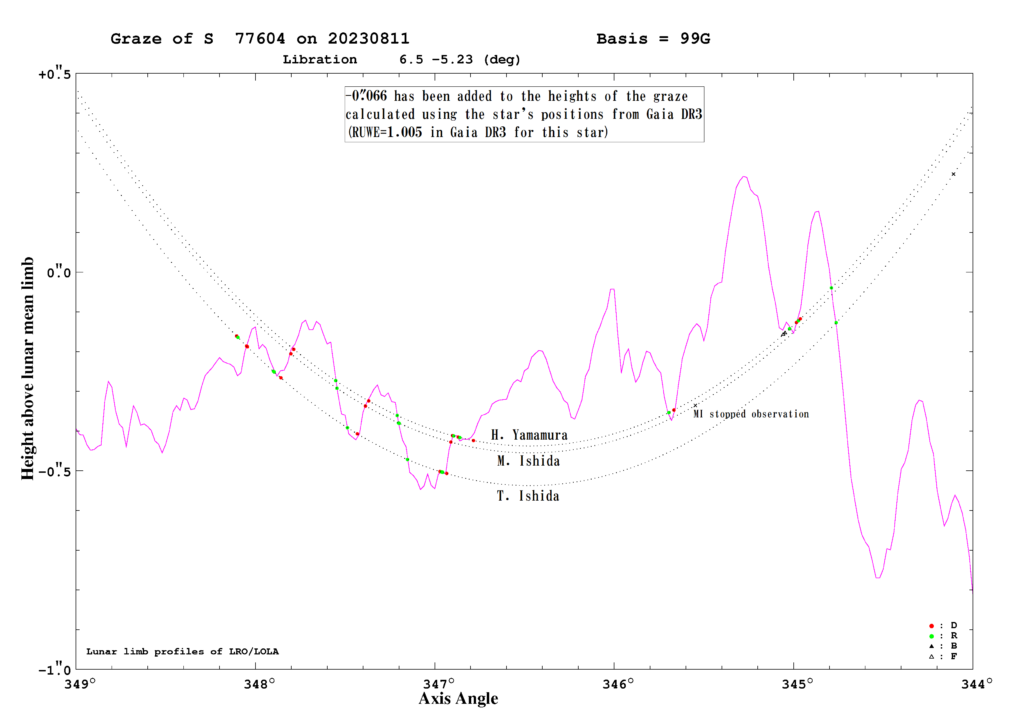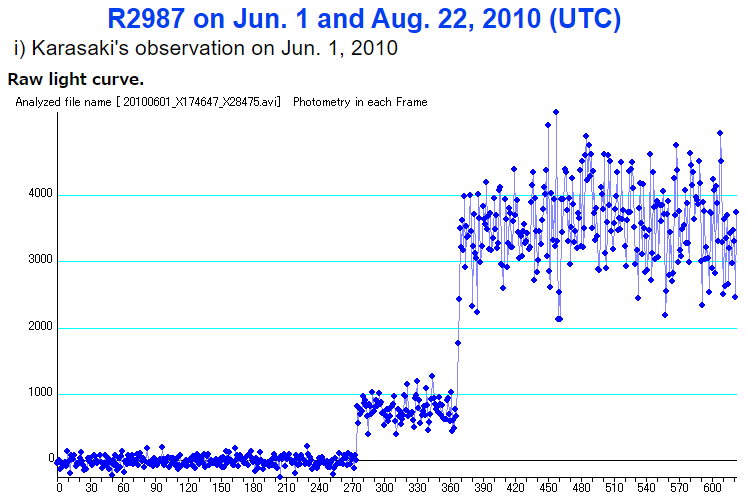The results of Lunar occultation observations were originally used to investigate the motion of the moon. The results revealed that there was a motion of the moon that could not be explained by theory, and this was a problem for a long time, but in the 1930s it became clear that it was due to variations in the speed of the earth’s rotation. It was found that the mean solar time, which is determined by the angle of the earth’s rotation, did not advance uniformly. Therefore, celestial mechanics and celestial ephemeris decided to use a uniformly advancing “Ephemeris Time” based on the laws of celestial mechanics. The Lunar occultation observations were used to determine this Ephemeris Time. However, with the development of atomic clocks, uniform time can be obtained by them.
Additionally, the motion of the moon can be precisely determined from laser ranging observations of the moon, so Lunar occultation observations are no longer used for these purposes.These observations have led to great advances in astronomy.
However,analysis of the observations showed that in many cases there is a non-negligible amount of discrepancy between the position of the Moon derived from DE ephemeris and the star obtained by Gaia. (Fig. 1)

Learn more : https://www2.nao.ac.jp/~mitsurusoma/occ.html
The primary significance of the current Lunar occultation observations is to examine this error in the stellar positions.
When the hidden star is a double star, the light change is made to a step like shape at the time of the occultation. From the time difference and the step height, it is possible to accurately determine the position angle, separation and brightness of components which are consist of double star.
In addition, new component of double star that have not been known until now may be discovered.

